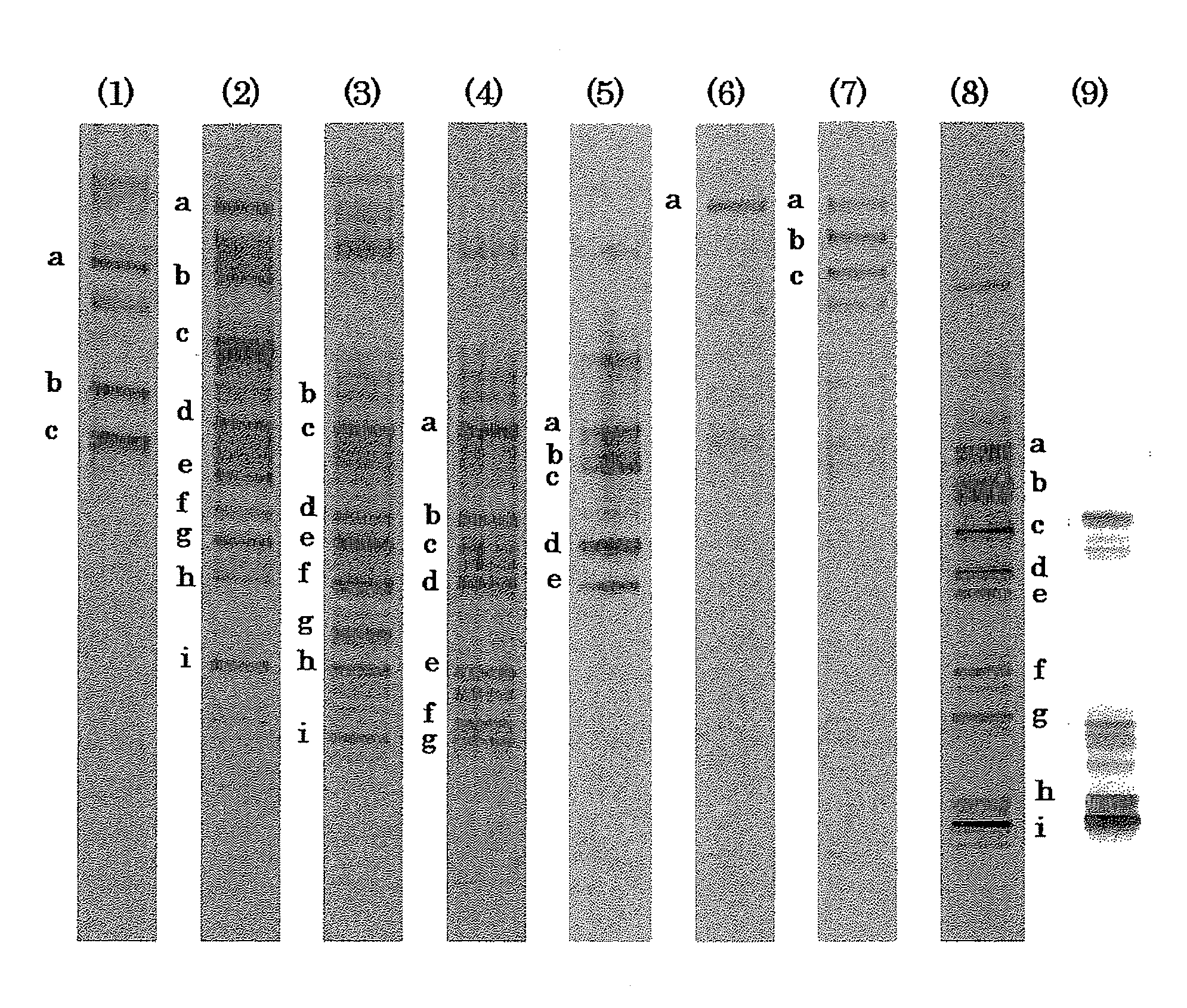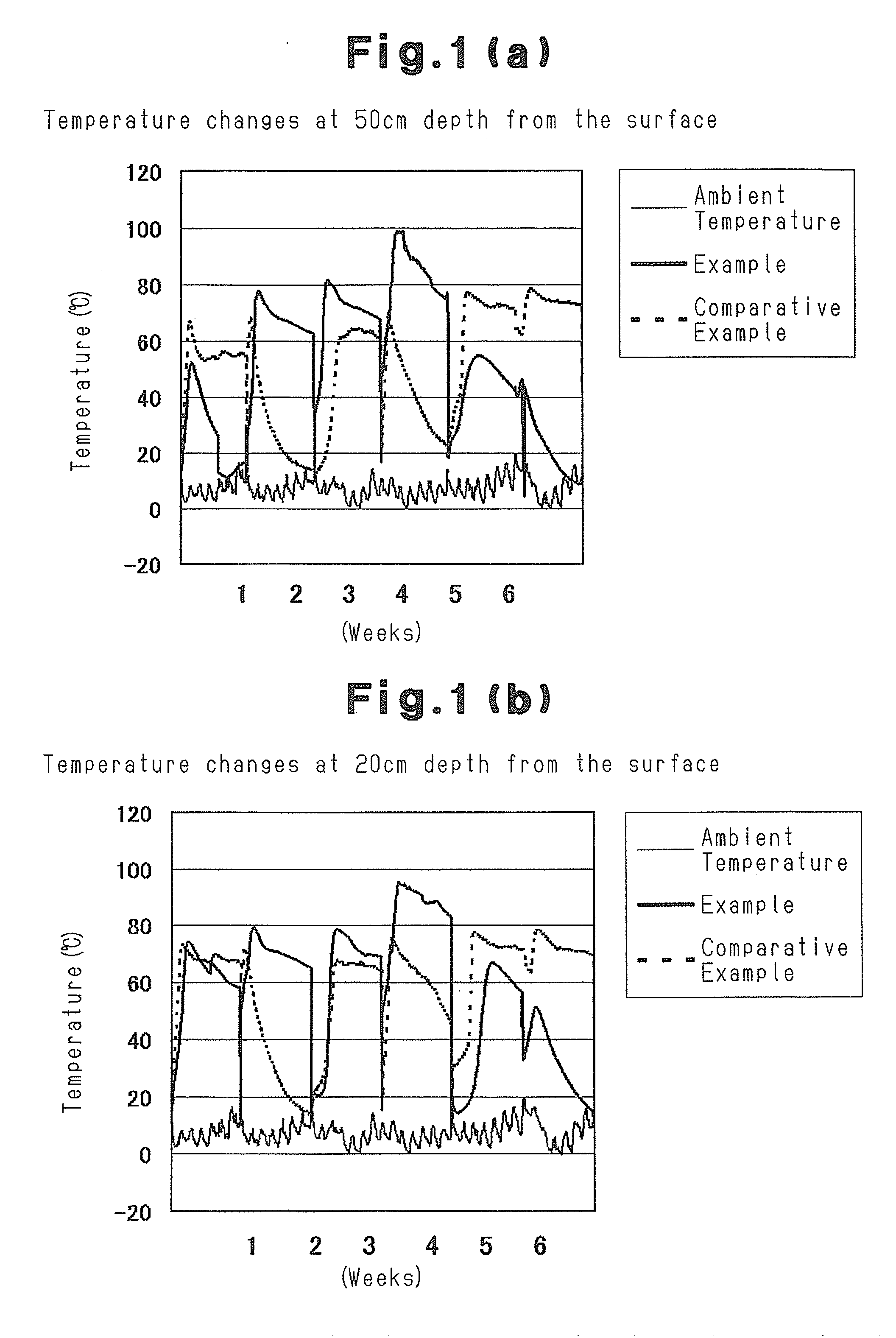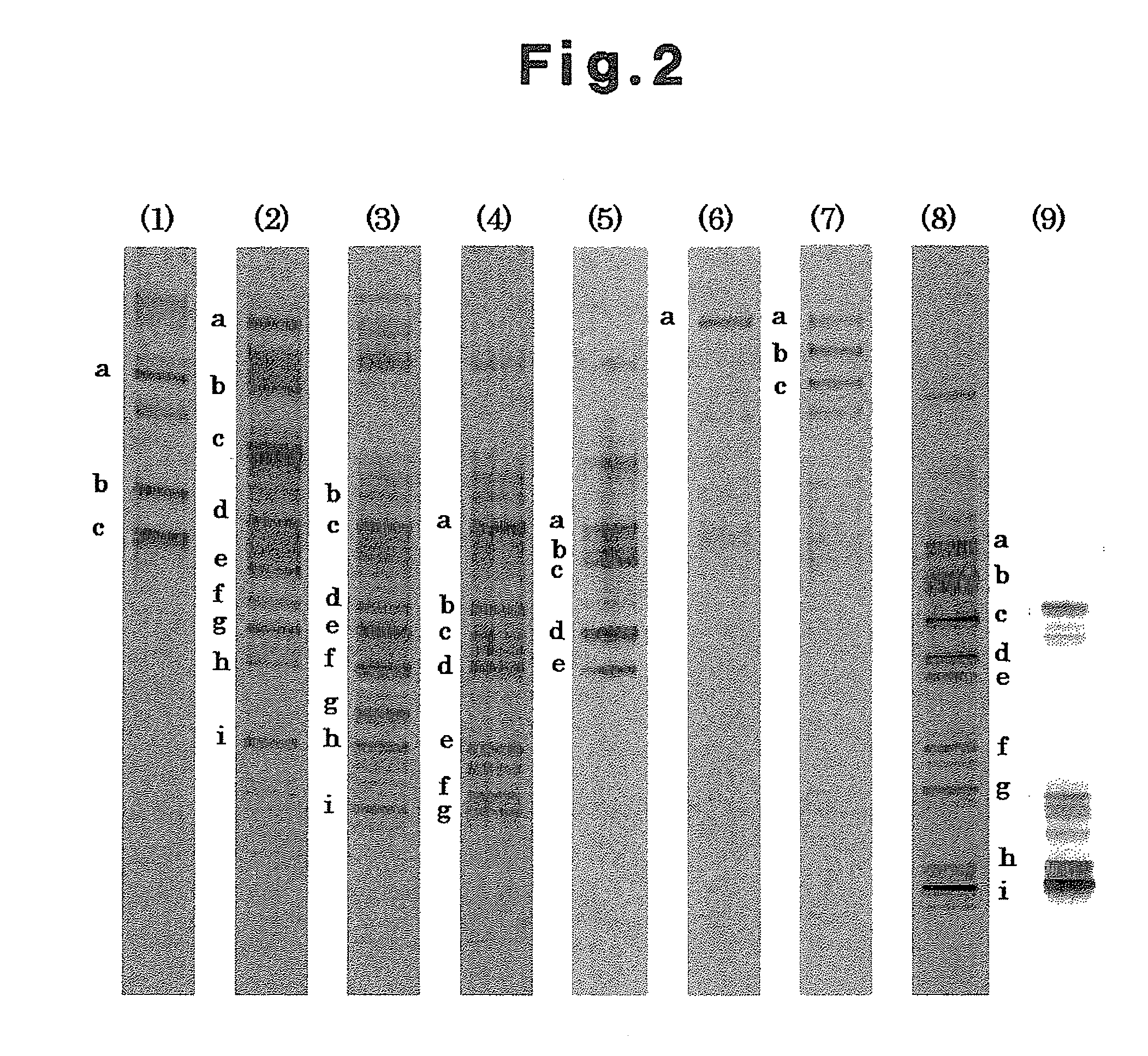Method of treating biomass, compost, mulching material for livestock and agent for treating biomass
- Summary
- Abstract
- Description
- Claims
- Application Information
AI Technical Summary
Benefits of technology
Problems solved by technology
Method used
Image
Examples
examples
[0065]Next, the above embodiment will be described more specifically, citing some Examples and Comparative Examples.
[0066]The fully matured compost samples prepared from cattle feces, collected from various sites, were placed in test tubes containing water or physiological saline, and vigorously stirred with a mixer to elute the microorganisms contained in them. A part of this eluate was added to Schaeffer's sporulation medium (0.8% nutrient broth (Difco), 27 mM KCl, 2 mM MgSO4.7H2O, 1 mM Ca(NO3)2.4H2O, 0.1 mM MnCl2.4H2O, and 1 μM FeSO4.7H2O) and cultured at 65° C. for 6 hours. The culture was heated for 5 minutes at 100° C. to kill off the vegetative cells that had not reached the stage of sporulation. The spore-forming bacteria alone were smeared on a flat agar medium containing components of growth medium for microorganisms, and cultured at 65° C. to form colonies. The thermophilic spore-forming bacteria were isolated by this method.
[0067]A medium comprising 10 g tryptone (Difco)...
PUM
 Login to View More
Login to View More Abstract
Description
Claims
Application Information
 Login to View More
Login to View More - R&D
- Intellectual Property
- Life Sciences
- Materials
- Tech Scout
- Unparalleled Data Quality
- Higher Quality Content
- 60% Fewer Hallucinations
Browse by: Latest US Patents, China's latest patents, Technical Efficacy Thesaurus, Application Domain, Technology Topic, Popular Technical Reports.
© 2025 PatSnap. All rights reserved.Legal|Privacy policy|Modern Slavery Act Transparency Statement|Sitemap|About US| Contact US: help@patsnap.com



